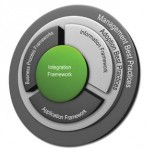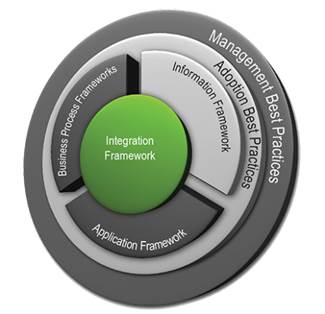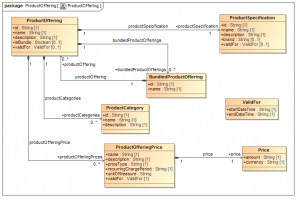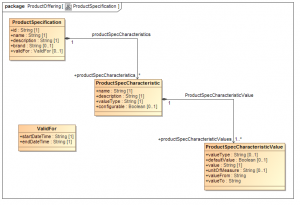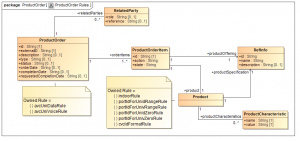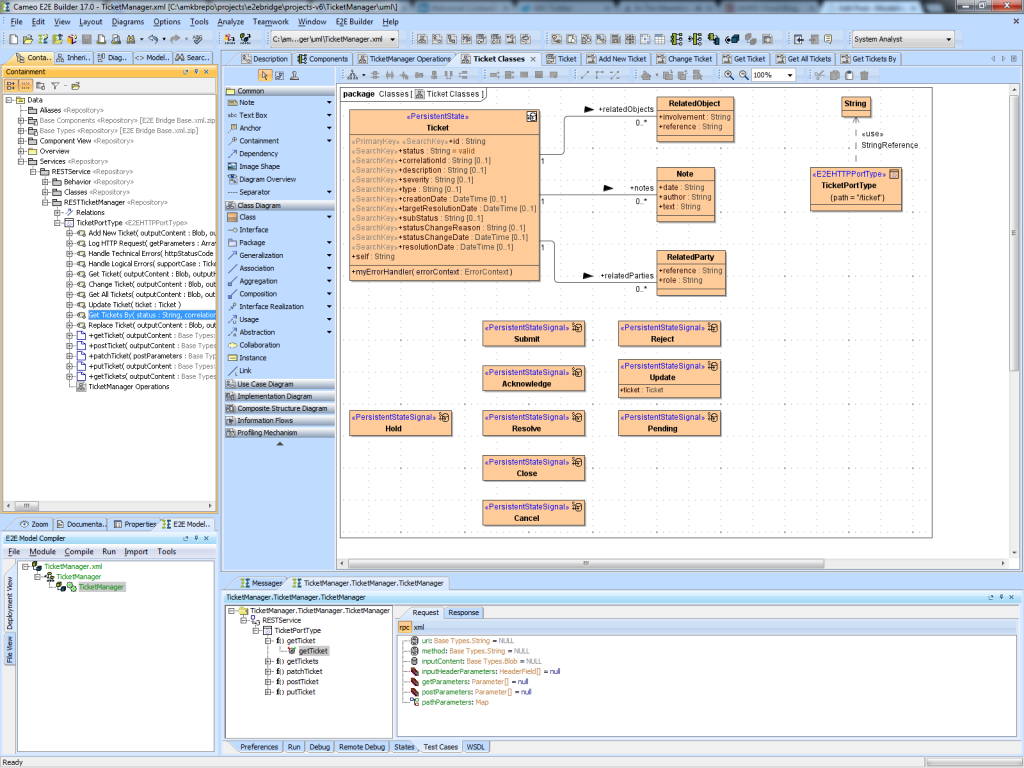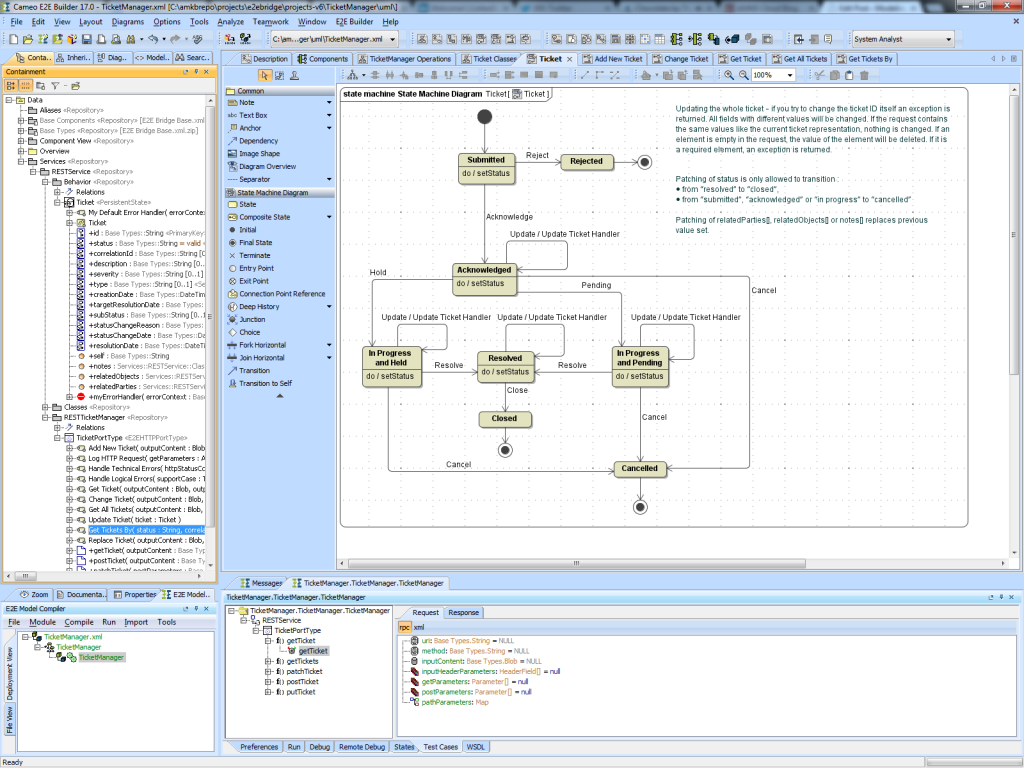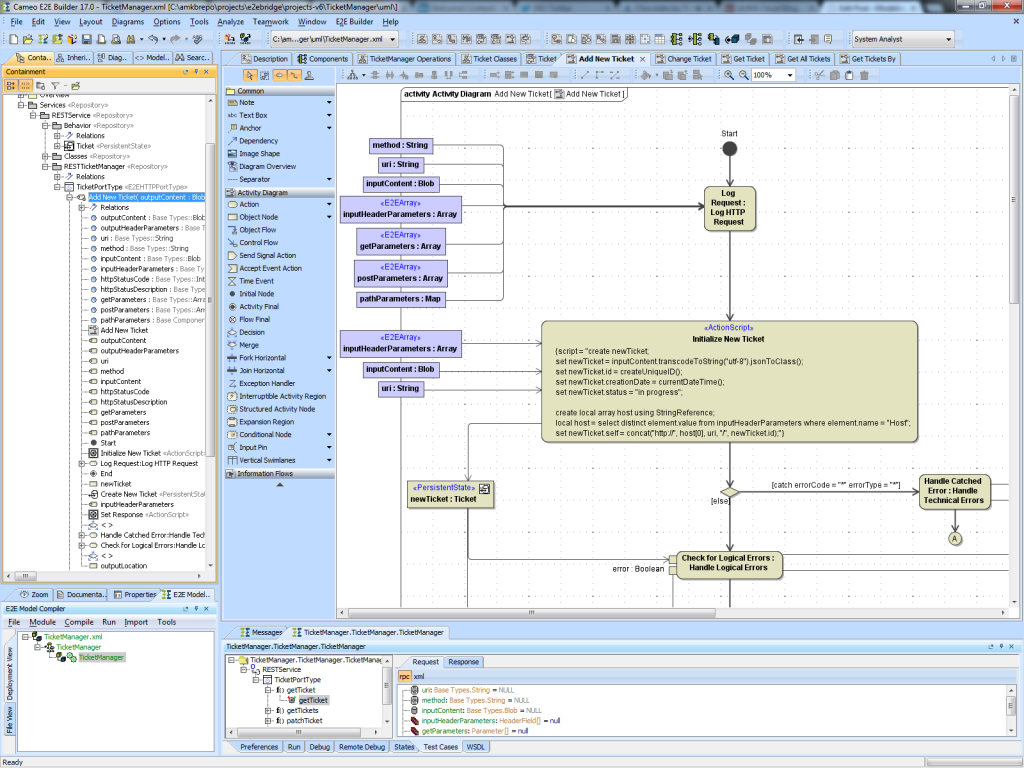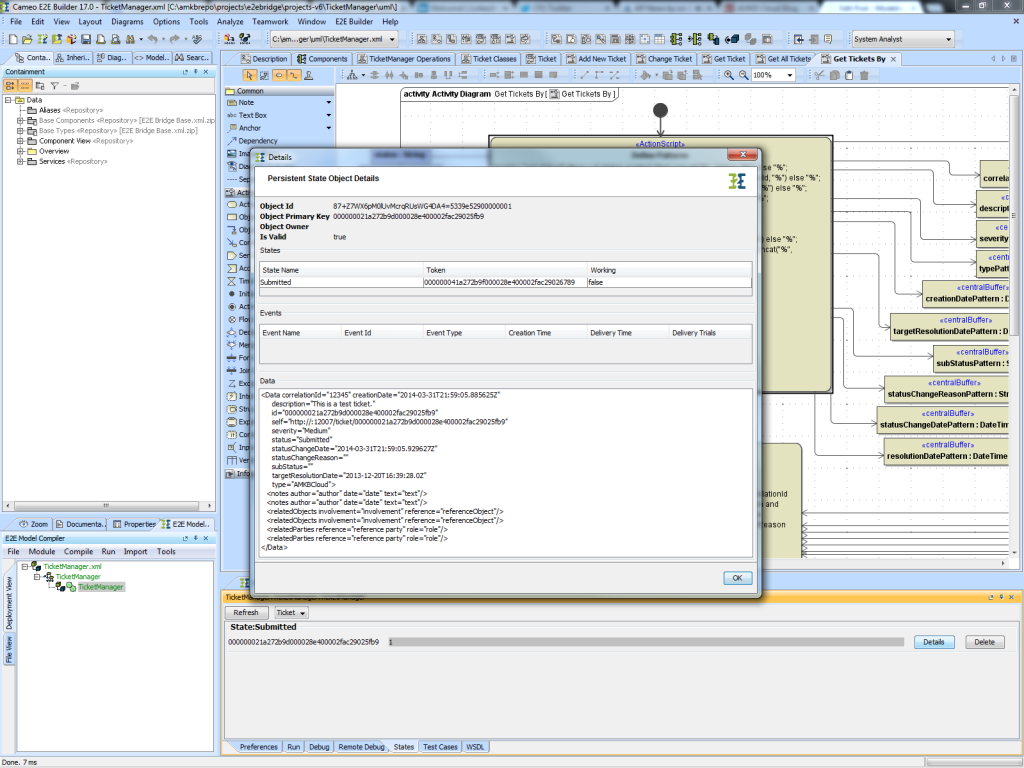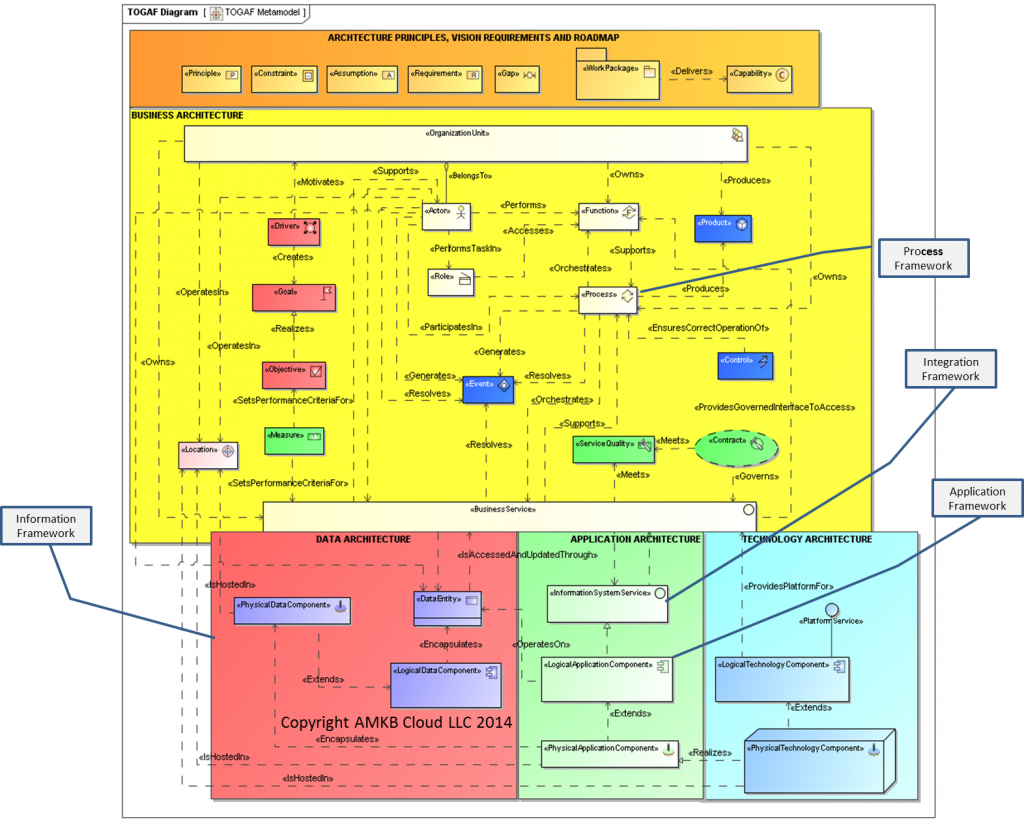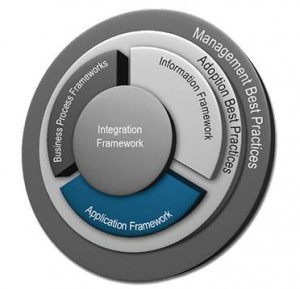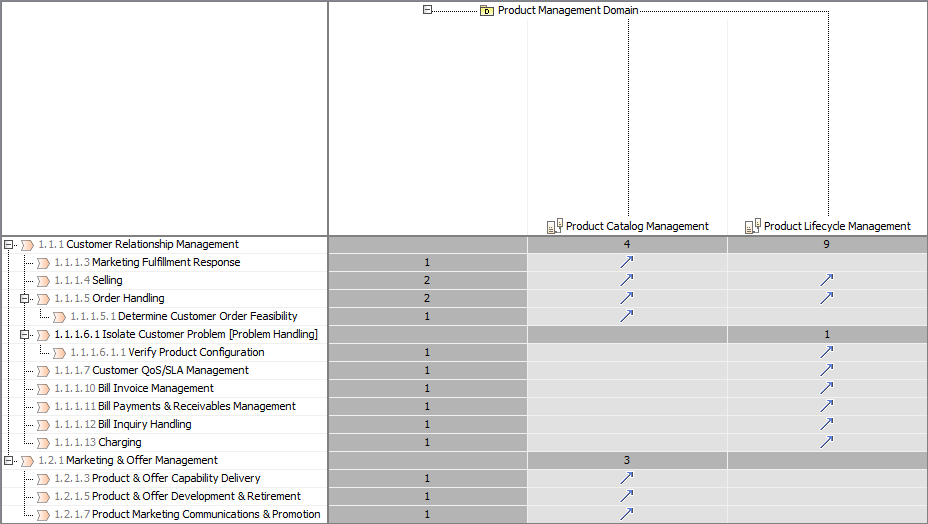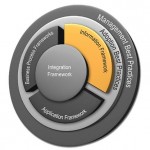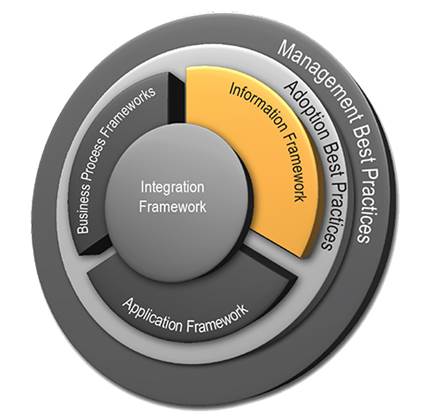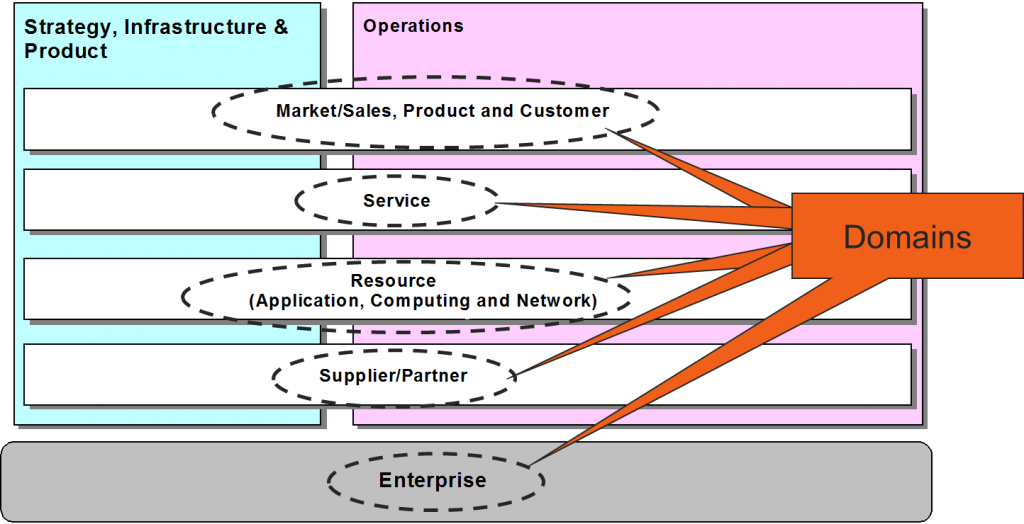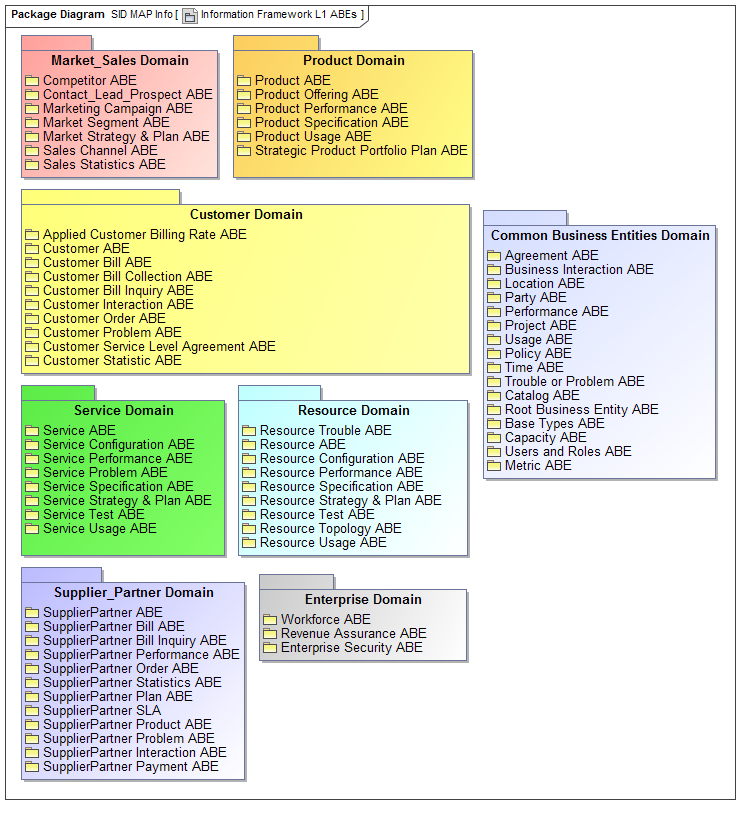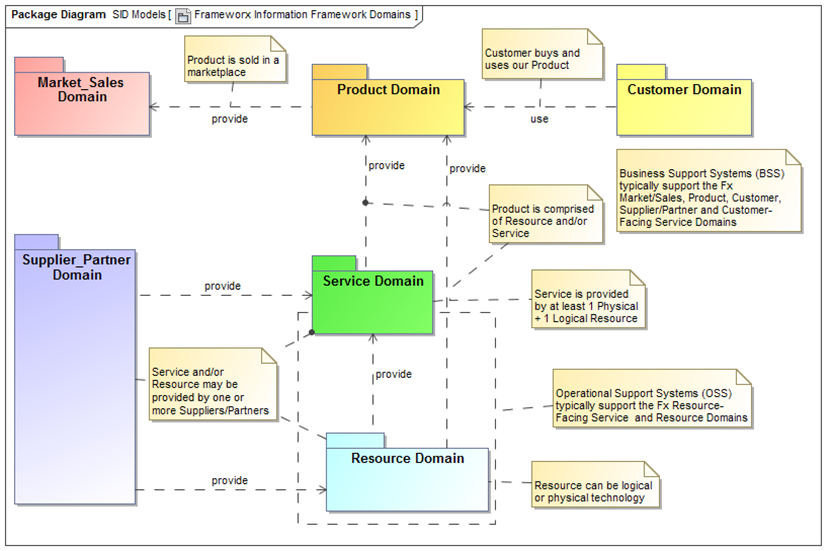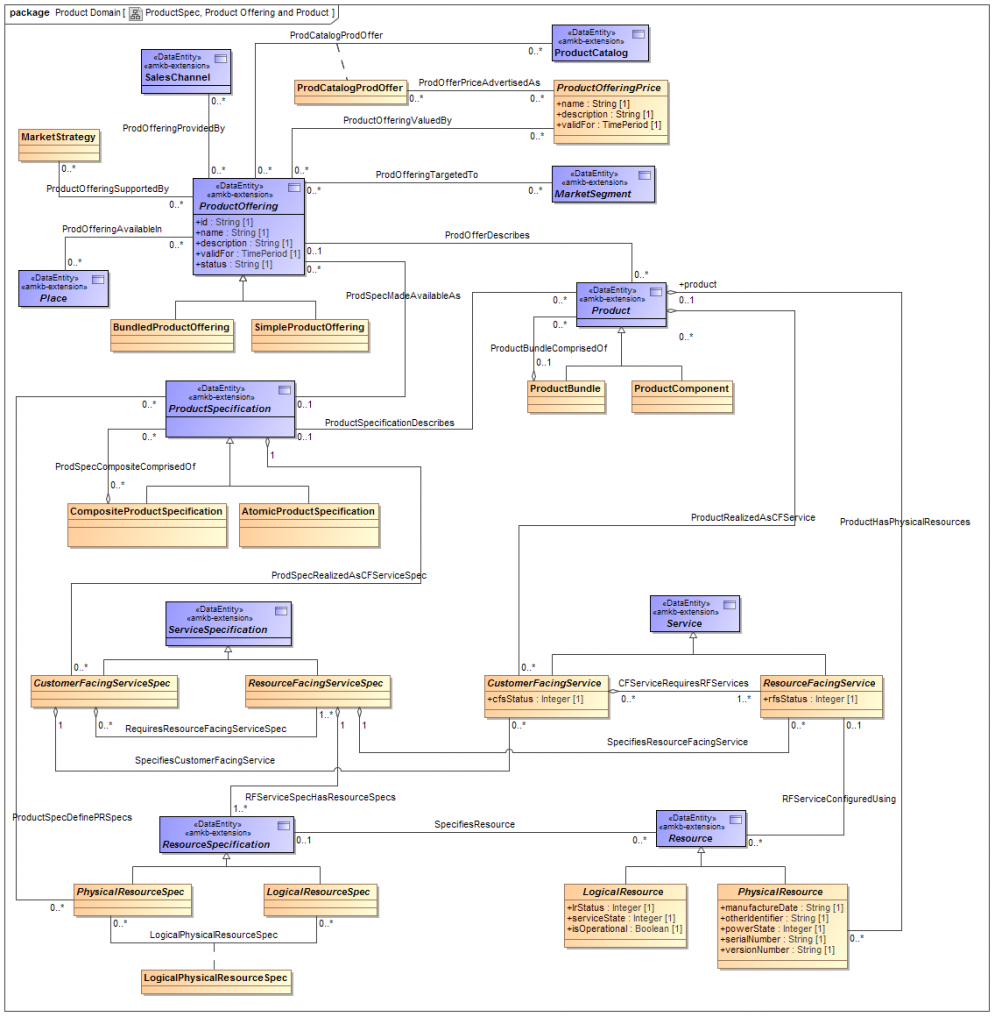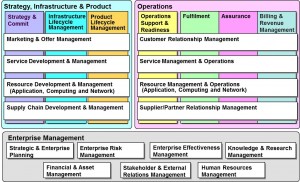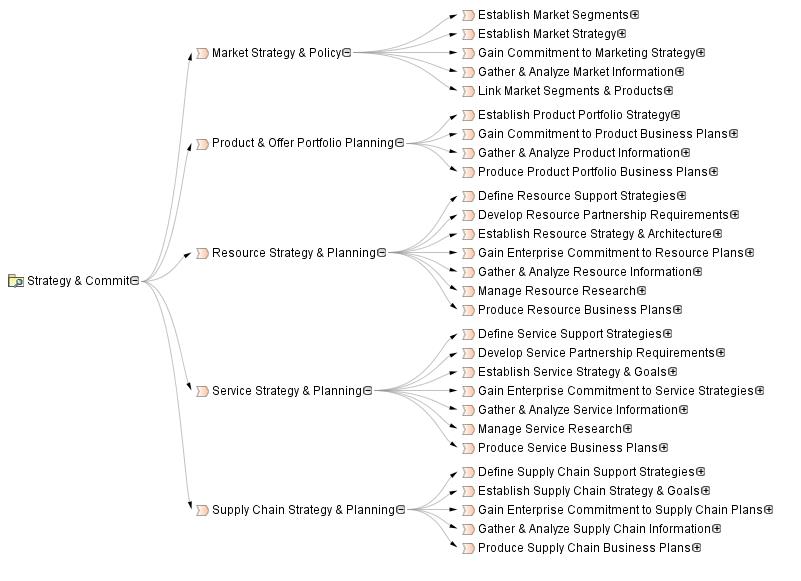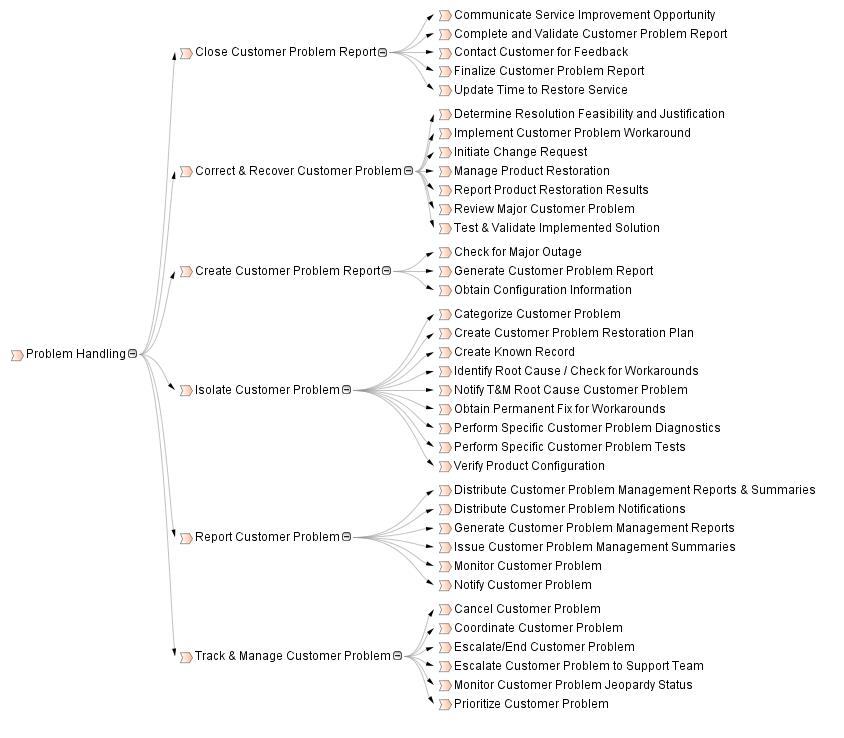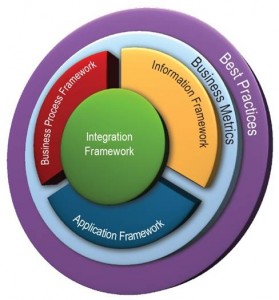The TeleManagement Forum (TMF) has been working as part of their open digital program to define REST application programming interfaces (APIs) in support of multi-partner engagements.
Specifications have been created by the members of the TMF API Program and cover the following management areas:
The Billing Management API provides standardized mechanisms for billing account, bill item and settlement note advice management either in B2B or B2B2C contexts. [AMKBCloud Billing Management Business Services]
The Customer Management API provides a standardized mechanism for customer and customer account management, such as creation, update, retrieval, deletion and notification of events. [AMKBCloud Customer Management Business Services]
The Party Management API provides a standardized mechanism for party management such as creation, update, retrieval, deletion and notification of events. A Party can be an individual or an organization that has any kind of relation with the enterprise. [AMKBCloud Party Management Business Services]
The Performance Management API provides a standardized mechanism for performance management such as creation, partial or full update and retrieval of the resources involved in performance management (Measurement Production Job, Measurement Collection Job, and Ad hoc Collection). It also allows notification of events related to performance. [AMKBCloud Performance Management Business Services]
The Product Catalog Management API provides a standardized solution for rapidly adding partners’ products to an existing Catalog. It brings the capability for Service Providers to directly feed partners systems with the technical description of the products they propose to them. [AMKBCloud Product Catalog Management Business Services]
The Product Inventory Management API provides standardized mechanism for product inventory management such as creation, partial or full update and retrieval of the representation of a product in the inventory. It also allows the notification of events related to product lifecycle. [AMKBCloud Product Inventory Management Business Services]
The Product Order Management API provides a standardized mechanism for placing a product order with all of the necessary order parameters. The API consists of a simple set of operations that interact with CRM/Order negotiation systems in a consistent manner. A product order is created based on a product offering that is defined in a catalog. The product offering identifies the product or set of products that are available to a customer, and includes characteristics such as pricing, product options and market. [AMKBCloud Product Order Management Business Services]
The SLA Management API provides a standardized interface for Service Level Agreement (SLA) life cycle Management (SLA Negotiation, SLA configuration SLA Activation/enforcement, SLA Operations, SLA violation / consequence handling, SLA reporting) between a Customer and a Service Provider which provides offers (product with attached SLA in its catalogue) the customer can discover, browse, trigger and order. [AMKBCloud SLA Management Business Services]
The Trouble Ticket API provides a standardized client interface to Trouble Ticket Management Systems for creating, tracking and managing trouble tickets among partners as a result of an issue or problem identified by a customer or another system. Examples of Trouble Ticket API clients include CRM applications, network management or fault management systems, or other trouble ticket management systems (e.g. B2B). [AMKBCloud Ticket Management Business Services]
The Usage Management API provides standardized mechanism for usage management such as creation, update, retrieval, import and export of a collection of usages. The API manages both rated and non-rated usage. For example, it allows a service provider:
– To retrieve usage generated by a partner service platform in order to rate it
– To provide rated usage to a partner for consumption follow up purposes. [AMKBCloud Usage Management Business Services]
Additional APIs are under specification:
Resource Catalog Management [AMKBCloud Resource Catalog Management Business Services]
Resource Inventory Management [AMKBCloud Resource Inventory Management Business Services]
Resource Order Management [AMKBCloud Resource Order Management Business Services]
Service Catalog Management [AMKBCloud Service Catalog Management Business Services]
Service Inventory Management [AMKBCloud Service Inventory Management Business Services]
Service Order Management [AMKBCloud Service Order Management Business Services]
AMKB Cloud has implemented a reference implementation of each of the TMF REST APIs listed above using NoMagic MagicDraw, E2E Technologies Builder & Bridge, Nomos RuleX and Swagger UI.
The approach used is model-driven based on the specification from the TMF and includes the following model-driven artifacts:
Business Service Specification – xxxManagementBusinessServices.docx
Swagger UI – swagger.json
Nomos RuleX – xxxManagementRules.json
E2E Builder/Bridge – xUML REST Service
To exercise the AMKB Cloud RI of the TMF REST APIs go to this url: http://swagger-ui.amkbcloud.com
The url for any of the implemented APIs can then be entered into the Swagger UI explore field:
http://12.208.99.92:10000/billingManagement/api-docs
http://12.208.99.92:10001/customerManagement/api-docs
http://12.208.99.92:10002/partyManagement/api-docs
http://12.208.99.92:10003/performanceManagement/api-docs
http://12.208.99.92:10004/productCatalogManagement/api-docs
http://12.208.99.92:10005/productInventoryManagement/api-docs
http://12.208.99.92:10006/productOrderManagement/api-docs
http://12.208.99.92:10007/resourceCatalogManagement/api-docs
http://12.208.99.92:10008/resourceInventoryManagement/api-docs
http://12.208.99.92:10009/resourceOrderManagement/api-docs
http://12.208.99.92:10010/serviceCatalogManagement/api-docs
http://12.208.99.92:10011/serviceInventoryManagement/api-docs
http://12.208.99.92:10012/serviceOrderManagement/api-docs
http://12.208.99.92:10013/slaManagement/api-docs
http://12.208.99.92:10014/ticketManagement/api-docs
http://12.208.99.92:10015/usageManagement/api-docs
Drop us a note if you would like to learn more about the model-driven approach we are using to implement the TMF REST APIs.
